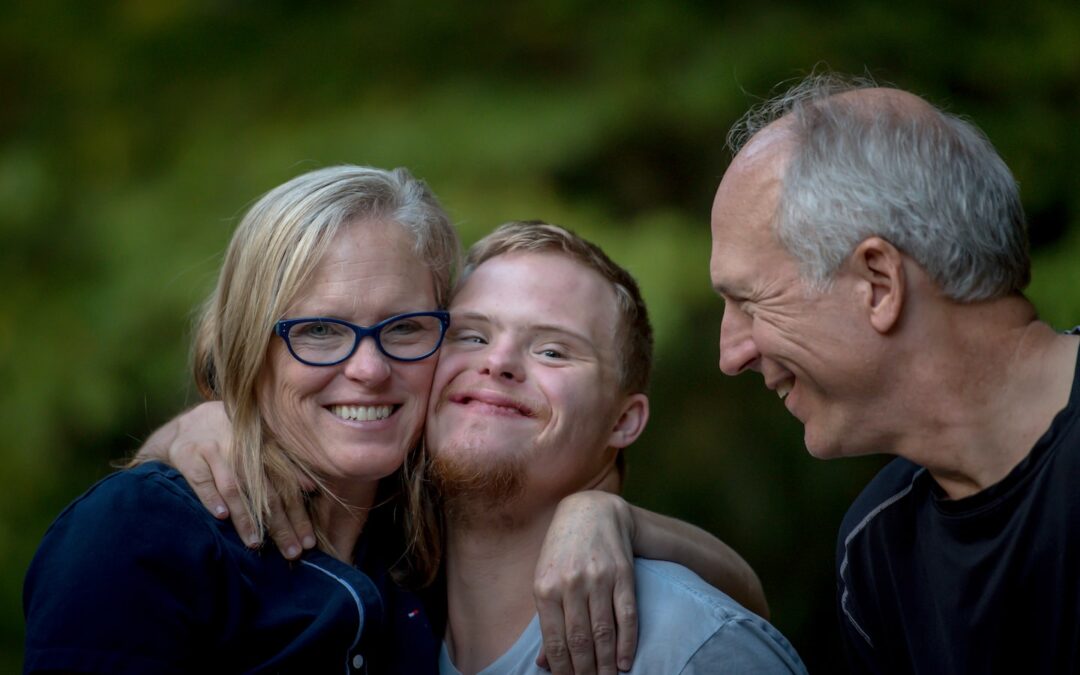The conclusion should include a summarization of the points discussed throughout the article.
Bertolotti’s Syndrome is a common spine condition that can cause chronic back pain. The condition involves an abnormal connection between the spine’s vertebrae that can cause discomfort and mobility problems. If left untreated, symptoms can become worse over time and make it difficult to enjoy everyday activities. Understanding the nature of Bertolotti’s Syndrome, as well as its causes, symptoms, diagnosis and treatments, are important for anyone dealing with or trying to avoid this spine condition.
What is Bertolotti’s Syndrome?
Bertolotti’s Syndrome is a medical condition characterized by an abnormal connection between the lumbar vertebrae. A person with this condition may experience persistent pain and discomfort in the lower back, hips and legs due to an extra vertebra. This additional vertebra can put stress on the spine and cause disruption in mobility and posture. It is important to recognize the signs of Bertolotti’s Syndrome and consult a doctor in order to maintain quality of life.
What Causes Bertolotti’s Syndrome?
Bertolotti’s Syndrome is caused by an extra vertebra in the spine. This is typically a congenital abnormality, meaning that it is present from birth. Other factors such as age-related wear and tear, trauma, arthritis or poor posture can lead to the development of Bertolotti’s Syndrome.
What Are the Symptoms of Bertolotti’s Syndrome?
Common symptoms of Bertolotti’s Syndrome include pain in the lower back, hips, thighs and legs. Persons may also experience stiffness, instability, sciatica and decreased range of motion. Severe cases may cause difficulty standing and even walking.
How is Bertolotti’s Syndrome Diagnosed?
The diagnosis of Bertolotti’s Syndrome is typically made through physical examination. X-rays and other imaging tests may be necessary to confirm the presence of an extra vertebra.
Treatment Options for Bertolotti’s Syndrome
Treatment for Bertolotti’s Syndrome depends on the severity of the symptoms and the patient’s age. Non-surgical treatments such as rest, exercise, physical therapy, and pain medications are often recommended in mild cases. Surgery may be necessary if other treatments are not effective.
People Also Ask
How common is Bertolotti’s Syndrome?
It is estimated that between 1.5 to 5% of the population experience Bertolotti’s Syndrome at some point in their lives.
What happens if Bertolotti’s Syndrome is left untreated?
Without treatment, the symptoms of Bertolotti’s Syndrome can worsen over time and cause mobility problems and even disability.
Can Bertolotti’s Syndrome be cured?
There is no cure for Bertolotti’s Syndrome; however, there are treatment options to manage the symptoms and prevent impairment.
Does heat help with Bertolotti’s Syndrome?
Heat can be used to increase circulation and reduce pain caused by Bertolotti’s Syndrome, but it should not be used on the spine directly.
Can stretches help with Bertolotti’s Syndrome?
Stretching can help to reduce pressure on the spine and improve mobility in persons with Bertolotti’s Syndrome.
Final Words
Bertolotti’s Syndrome is an unfortunate and often uncomfortable spine condition that affects some people throughout their lives. It is important to be aware of the symptoms and seek medical advice when necessary in order to find the best course of treatment. With the right care and management, people can return to enjoying normal everyday activities without pain and discomfort.

